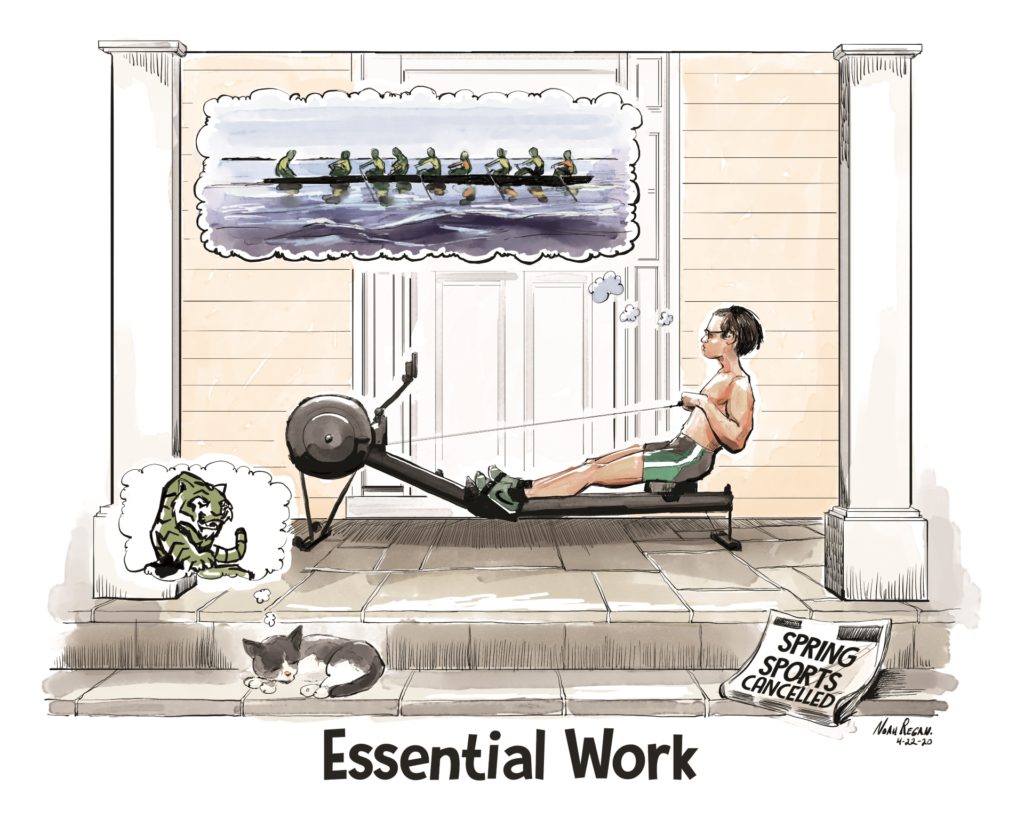With all interest rates at historic lows, the policy option of negative interest rates is being discussed openly. The President and economists have opened to the discussion.
CNBC market analyst, Kelly Evans, summarized pro and con positions in a May 12 post excerpted below:
I had *just* gone through a whole thing about the relative merits of the Fed’s corporate bond-buying program versus negative interest rates, when the landscape has shifted again in favor of negative rates.
David Zervos of Jefferies this morning wrote, “If they go negative, they go big.” Zervos is “increasingly sympathetic to the idea” that the Fed will cut interest rates below zero and Congress will support it–why? In part because suddenly the “cost” of interest on our ballooning federal debt goes way down, freeing up money to be spent elsewhere, and who in government doesn’t want that?
I remain highly skeptical. Several countries which have tried negative rates have either reversed it (Sweden*) or stopped at relatively shallow levels, like -0.1% in the case of Japan.
The point of negative rates is to lower borrowing costs–especially for hard-hit companies–and keep the financial system from tightening. But for starters, even with negative rates, the Fed’s corporate bond buying is still necessary–and may prove sufficient–to spur investors to take on credit risk.
The Fed is shrinking the spread between its fed funds rate and corporate borrowing rates already to such an extent that having “negative” official rates may not be necessary. . .
The health of the banking system–along with the viability of insurance companies and large pension funds–is truly at risk here and that’s not a good thing. Here’s how The Wall Street Journal last year described Europe’s experience with the negative rates: “The negative-rate policy’s ineffectualness is a sign of just how weak Europe’s economic engines are, and how vulnerable. The policy threatens pensions, creates the risk of real-estate bubbles and doesn’t fully quell the specter of deflation. European banks struggle with weak interest income and thin margins on loans, putting them behind American peers in profitability and making it harder for them to finance the economy.”
*From the FT article linked above, which offers a good review of Sweden’s experience: “Research published last year by Princeton University economists Markus Brunnermeier and Yann Koby found that many of the benefits of negative rates are front-loaded — such as gains in asset prices on bank balance sheets — while the corrosive side-effects last longer.”
Credit Union Executives Explore the Prospect
An email chain:
From: Exec One
Question-if interest rates move into a negative territory will our dividend calculation process compute based upon a negative interest rate? Meaning my members would pay our Credit Union a dividend for the safety and security of having their money insured by the NCUA.
Pretty extreme—
From: Exec Two
So I saw today on the news that trump is urging the Fed to allow interest rates to go negative.
From: Exec Three
Interesting…….and ludicrous. But on the other hand, an experiment in the development of solutions for very, very, very low probability events. Who knows this may lead to some new schemas for American credit union consumers. Get out the specs for when hell freezes.
From: Exec Four
It just makes lending that much more important. In any event investments going forward will earn only .25 bps or less.
From: Exec Five
Not ludicrous from a certain perspective. Trump as a commercial developer loved leverage. He’s now CEO if the world’s biggest debtor. Loves leverage and salivates over negative rates. Good public policy? Hardly.
Most of us individually are savers, investors, creditors. Trump got rich as a net debtor. From the perspective of the USA as a debtor entity, carrying costs of the debt at a rate of zero is a good thing.
Regardless of whether we agree with it (and I don’t) we will see negative rates sometime soon. I don’t think it necessary to develop ability to calculate negative rates as cus can accommodate via various fee programs.
From: Executive Six
Agree, not likely to happen, but …… credit unions better be the last bastions for the model that doesn’t charge Americans to hold their money in safekeeping if it were to happen. Let’s commit to build strategies that differentiate us from the for-profit competitors. It’s a bold vision, but imagine the market share shift that could occur if CU’s are the only retail and small business deposit option that didn’t go negative. Could we create a new cooperative business model that could successfully manage a shift of billions of dollars of deposits? On the other side of the balance sheet isn’t that what non-bank fin tech lenders have done in just a few short years? Just another case of turning a challenge into an opportunity. Can we hold to our principles and take advantage of a negative interest rate environment or do we just cave in following the crowd?
To be continued. . .



